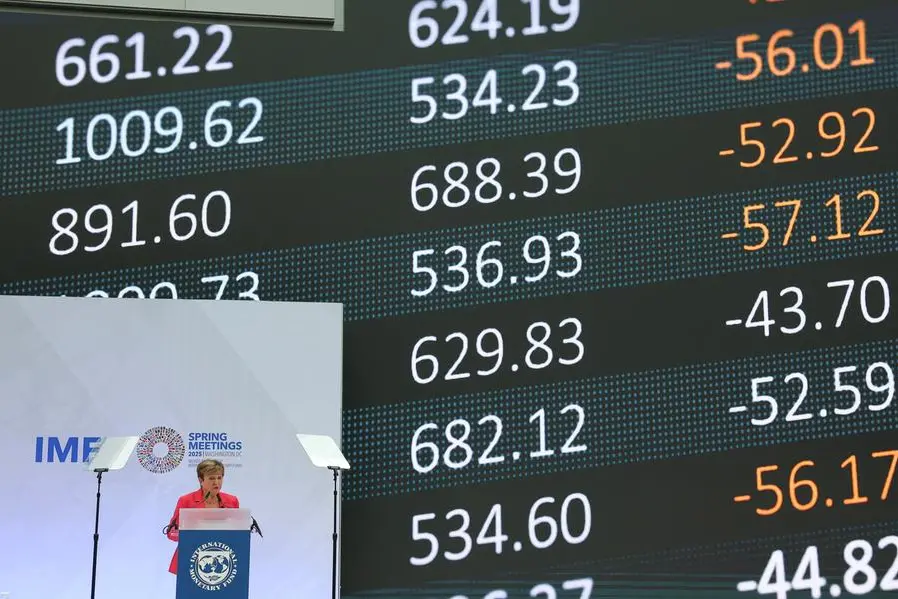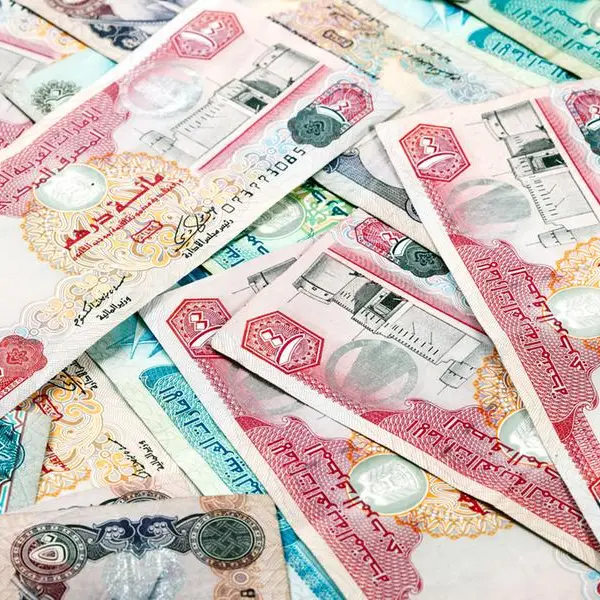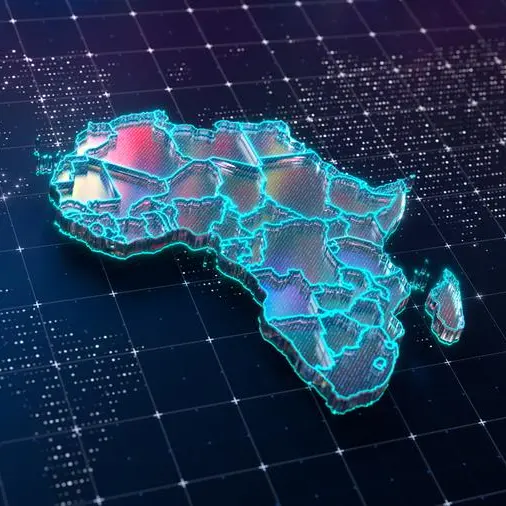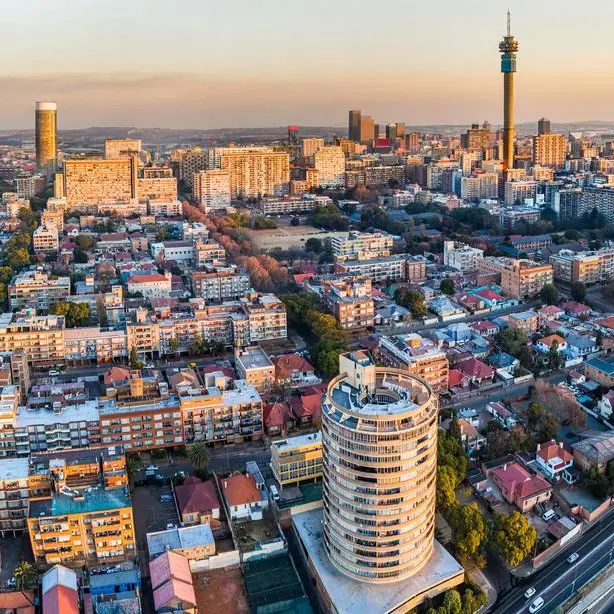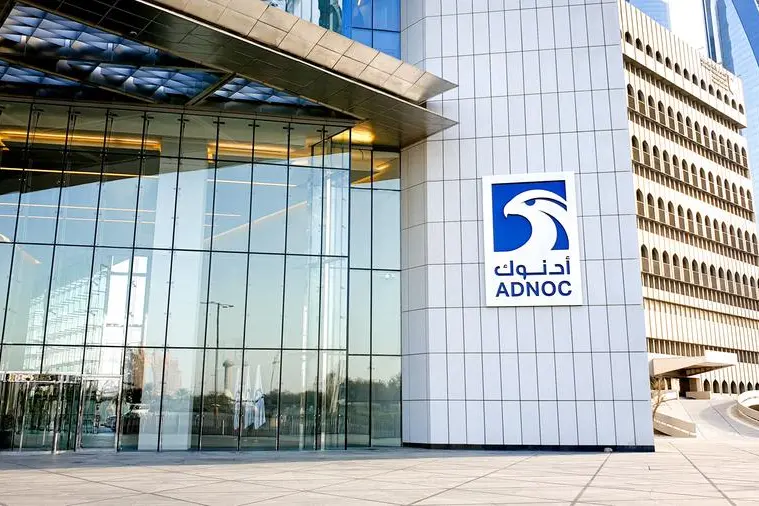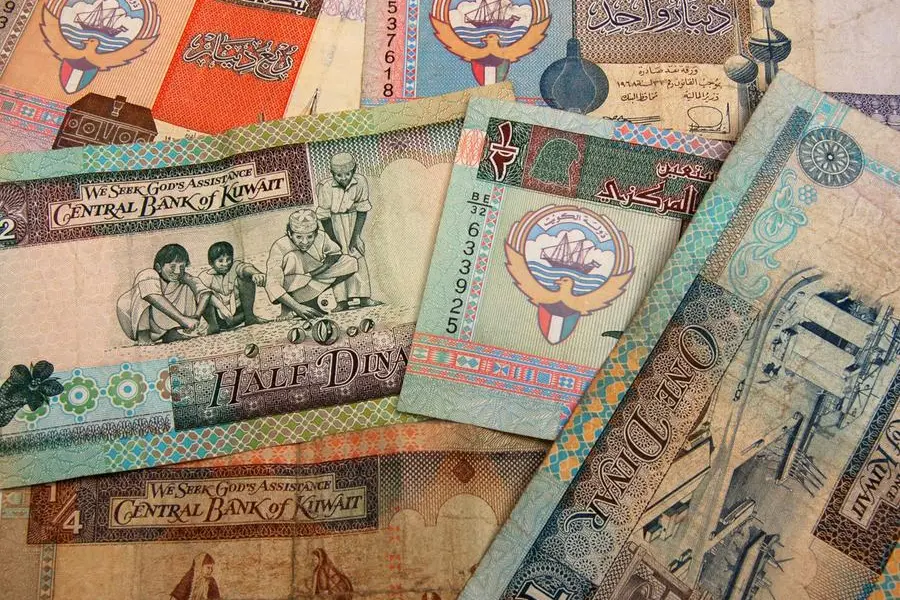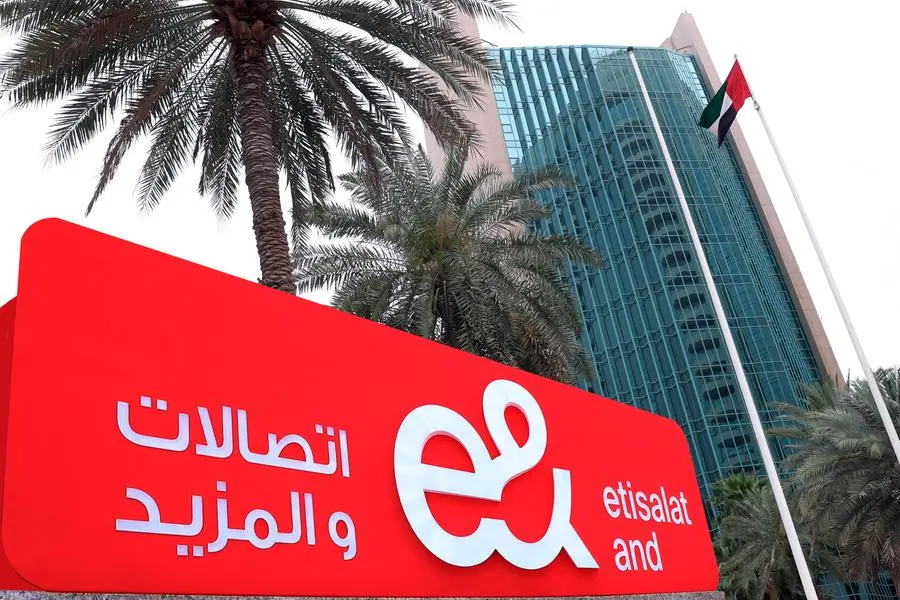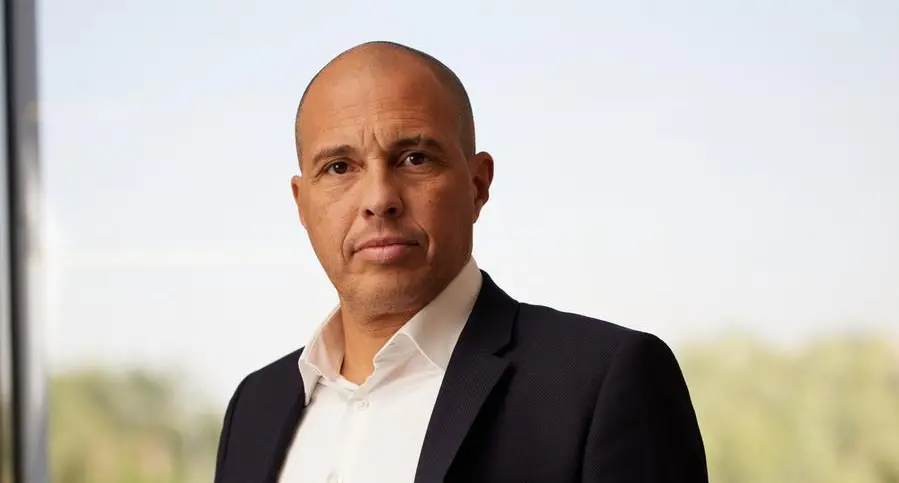PHOTO
International Monetary Fund (IMF) Deputy Director for African Department Catherine Pattillo, spoke to The EastAfrican about the launch of the guide, targeting country authorities.
On the sidelines of the 2025 IMF/World Bank Spring Meetings, we saw the launch of the Sovereign Debt Restructuring Playbook. Tell us about the playbook: why it is important and being launched at this time after we have seen several economies default, especially in Africa?The co-chairs of the Sovereign Debt Roundtable released the Sovereign Debt Restructuring Playbook which is a short, summary, non-binding document to provide a user-friendly information for country authorities about the basics of debt restructuring concepts, processes, expectations.
It is not intended to address any specific debtors or creditors or to provide any binding guidance on the types of treatment of debt restructuring.
If the Sovereign Debt Restructuring Playbook does not address specific treatment across different creditors, what is its real value proposition for the debtor countries that come under distress?It’s important for the process of more transparency and information sharing about the debt restructuring process. There’s been a lot of discussion saying that there needs to be more transparency, clarity, and more timeliness in the process and so building on some of the other technical notes that the Sovereign Debt Roundtable has developed, this was thought to be useful to have out there for better information for all to have.
The Playbook comes against the backdrop of the Common Framework for debt restructuring, which has been widely criticised for what many say has been a very slow debt resolution process. Is the playbook meant to address that?An important aspect of the playbook is that it draws on the experience of the existing set of Common Framework to inform the development of the playbook. For example, just making clear things like a country seeking debt restructuring has the right to request debt service suspension from its bilateral creditors at the start of a debt restructuring.
In the 2024 Spring Meetings, there was indication that the IMF/World Bank Debt Sustainability Framework was up for review. How far is it?It is indeed a very important review for the IMF for low-income countries Debt Sustainability Framework that is currently under way. The objective is to look at how the framework needs to be updated to make it fit for purpose in the current context.
So, it’s looking at how the framework needs to be adjusted given changes such as the change in the composition of debt like the growing share of domestic debt, the larger share of commercial external debt, the more access of some frontier markets to the international debt markets and things like the increasing salience of climate risk and how we think about that in the context of debt sustainability.
We are also looking at all the technical parameters to make sure they are fit for purpose. So, there is a process going on and there will also be external stakeholder consultation.
I am curious about stakeholder consultation for the review of the Debt Sustainability Framework. Who are the parties being consulted?It will be consultation with debtor countries, creditor countries, think tanks, and civil society organisations.
© Copyright 2022 Nation Media Group. All Rights Reserved. Provided by SyndiGate Media Inc. (Syndigate.info).
